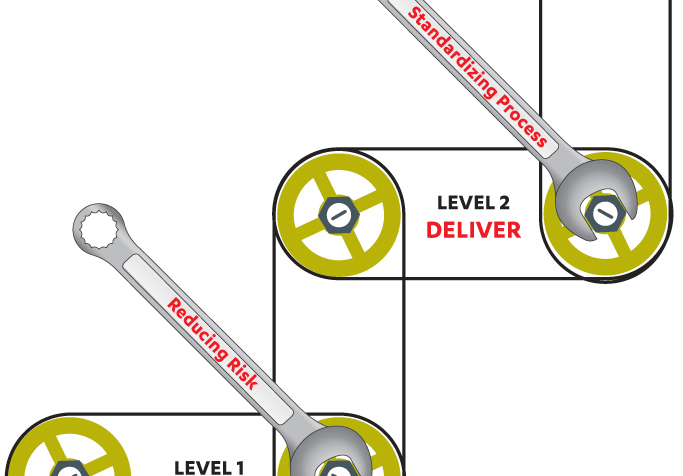Cost Optimization – It’s The Principle Of It…
Groucho Marx once joked “Those are my principles, and if you don’t like them…well, I have others.” This is great for getting a laugh, but decision making without guiding principles is like a ship’s captain navigating the wind and current without a compass.
The same can be said about an IT organization’s approach to cost optimization. After years of one-off tactical cost cutting, many businesses are facing the challenge of ongoing and continuous cost optimization. For many, this is no longer the exception but the new reality.
The usual approach to cutting costs is the purely tactical. Problem is, when the clear cost culprits have been identified and reduced or eliminated, future optimization initiatives can become more arbitrary and problematic. Even the low-hanging fruit that appears to be an obvious candidate for reduction to some may not be to others—like your business clients.
In a recent Gartner survey, CIO’s were asked, “What are the main barriers preventing organizations from achieving continuous optimization of IT costs?” Sixty-five percent of the respondents indicated that it was a matter of mindset—that is, creating the environment necessary for all resources to work together, move in the same direction, and agree on the same strategy.
We agree. TransAccel believes there’s a better approach to determining cost optimization decisions—one based on four “Guiding-Principles.” The benefits of using this method include a more consistent alignment with the company’s strategic drivers, a consensus among business leaders, a long-term framework for ongoing cost optimization initiatives, and a correct way to maintain what is most important to the organization.
The Four Principles are:
Transparency – IT and business leaders need to explicitly agree on what IT provides the business, and what the business needs from IT. Often, basic cost optimization …
[ Read More ]



